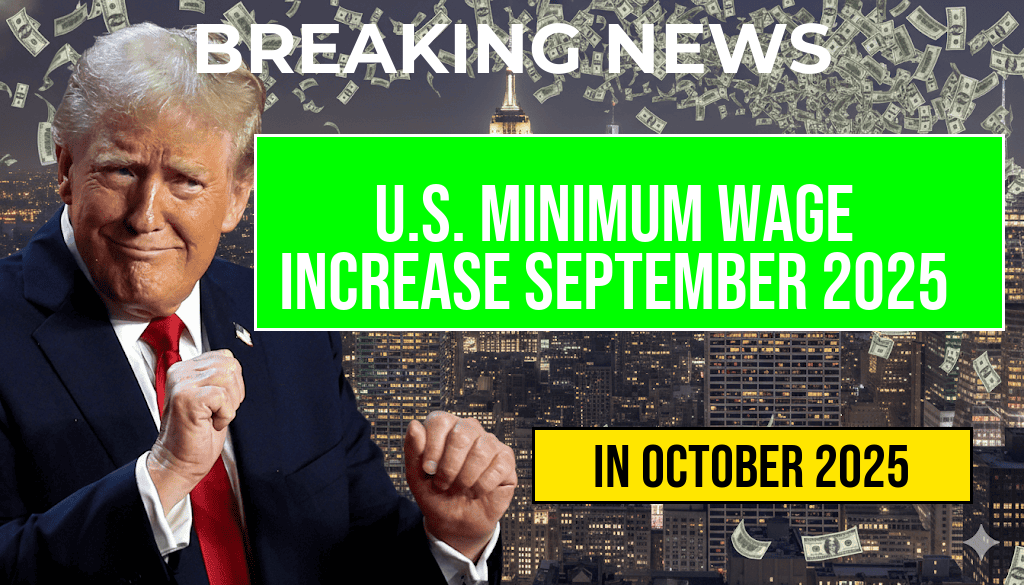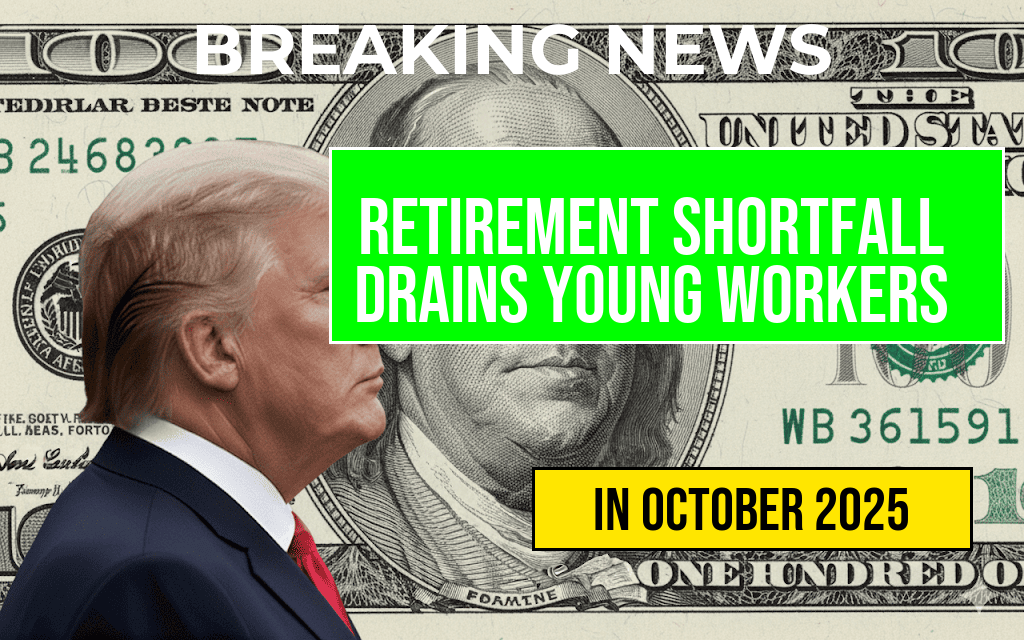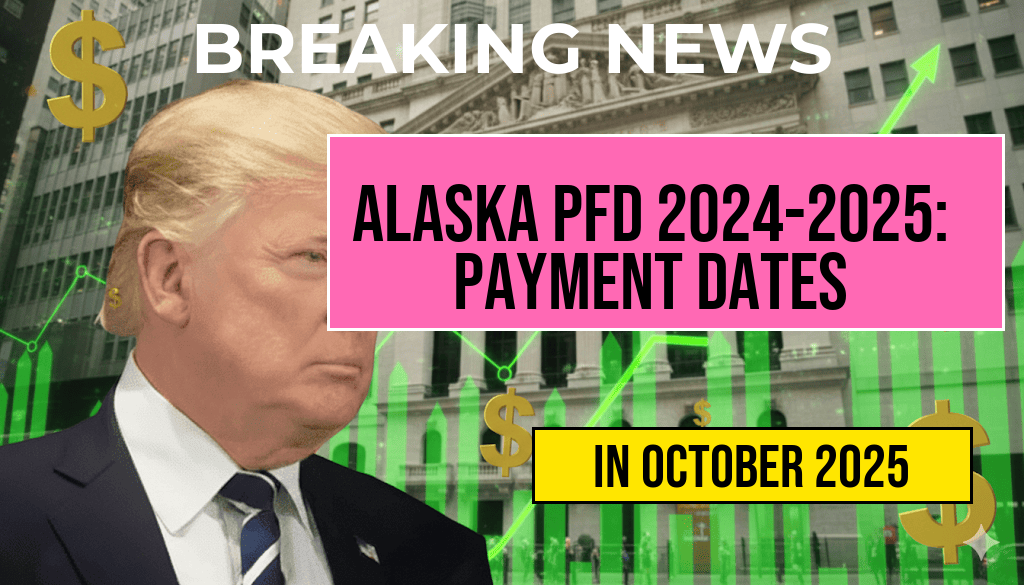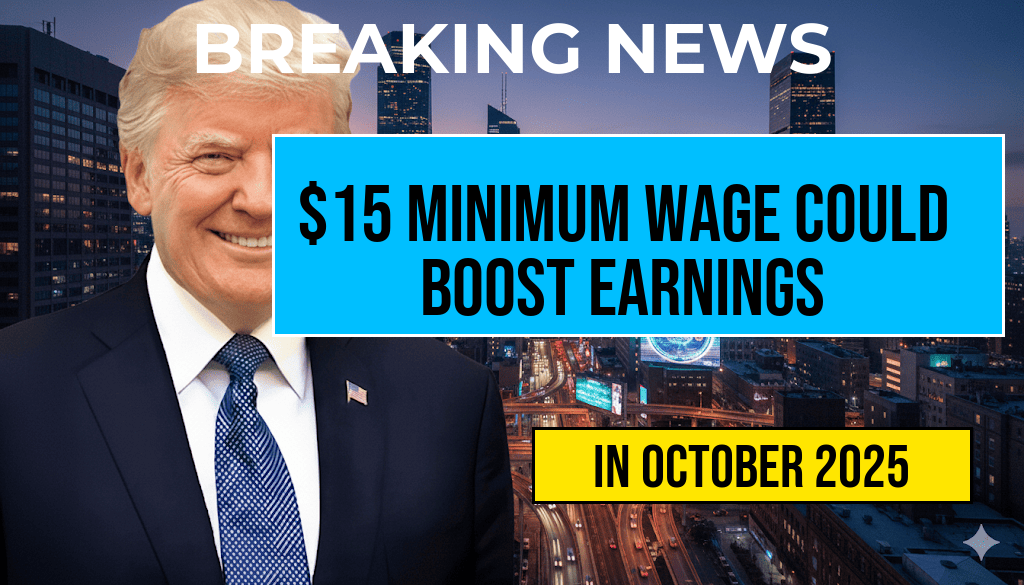The federal minimum wage will see a scheduled increase effective September 30, 2025, marking a significant shift for workers across the United States. The rise results from scheduled adjustments tied to inflation and legislative updates, impacting various states and industries. Employers nationwide will need to update their payroll systems to reflect the new hourly rates, which aim to improve earnings for millions of low-wage workers while balancing economic considerations. This adjustment underscores ongoing debates around wage policy, economic equity, and the cost of living, with experts analyzing potential impacts on employment, inflation, and business competitiveness. Below is a comprehensive list of the new hourly federal minimum wages, alongside insights into how state and local laws might influence overall wages in different regions.
Federal Minimum Wage Increase Scheduled for September 30, 2025
The federal government’s minimum wage, which has historically served as a benchmark for many states and industries, is set to rise to $15.00 per hour effective September 30, 2025. This adjustment follows the Fair Labor Standards Act (FLSA) guidelines, which link minimum wage increases to inflation metrics and legislative mandates. The last notable increase occurred in 2024, when the rate rose from $14.00 to $14.50. The upcoming hike aims to address the rising cost of living, which has continued to strain low-income households.
While the federal minimum wage sets a baseline, many states and municipalities adopt higher rates through local legislation. For workers in states with higher minimum wages, the federal increase may serve as a floor rather than a ceiling. Employers in jurisdictions with established minimum wages above the federal level will continue to comply with local laws, which could see adjustments concurrent with or separate from federal changes.
Impacts on Employers and Workers
Employers across various sectors will need to revisit their compensation structures to align with the updated rates. Small business owners, in particular, may face challenges balancing wage increases with operational costs. Some analysts predict a potential ripple effect, leading to higher prices for goods and services in certain regions. Conversely, increased wages are expected to boost consumer spending and improve quality of life for low-wage earners.
Workers earning wages near or below the new federal threshold stand to benefit significantly. For many, the increase could mean the difference between financial stability and hardship. Advocacy groups highlight the importance of such adjustments, emphasizing that wages have not kept pace with inflation for decades. However, critics argue that sudden hikes could lead to reduced hiring or increased automation, especially among small employers with limited margins.
State and Local Wage Policies
States like California, New York, and Washington already maintain minimum wages significantly above the federal level, often exceeding $16 or $17 per hour. These states typically update their rates annually based on local economic conditions. For example, California’s minimum wage is scheduled to rise to $17.00 per hour in 2025, further widening the gap with federal standards.
Many cities have enacted living wage ordinances that surpass federal requirements. For instance, Seattle and Boston have minimum wages set at or above $18 per hour, reflecting regional cost-of-living adjustments. These local policies influence employer practices and can create wage disparities across different areas.
Updated Federal Minimum Wage Rates by State
| State | Minimum Wage Rate | Notes |
|---|---|---|
| Alabama | $7.25 | Federal minimum applies |
| California | $17.00 | State law mandates higher rates |
| New York | $15.00 (upstate), $16.50 (NYC) | Regional variations apply |
| Texas | $7.25 | Federal minimum applies |
| Washington | $18.00 | State minimum wage |
| Florida | $12.00 | Scheduled to increase to $15 by 2026 |
Looking Ahead: Wage Trends and Economic Implications
The scheduled increase reflects broader economic trends emphasizing wage growth as a tool for reducing income inequality. Economists are closely monitoring how such adjustments influence employment levels, inflation rates, and consumer confidence. Some research suggests that modest wage hikes can stimulate economic activity without significantly impairing employment, especially when paired with robust economic growth.
However, ongoing debates revolve around the balance between fair wages and maintaining a competitive business environment. Policymakers continue to evaluate the long-term effects of minimum wage adjustments, considering factors such as automation, labor market flexibility, and regional economic disparities. As the September 2025 increase approaches, both employers and employees are preparing for a transition that could reshape wage standards across the nation.
For additional context on minimum wage policies and their history, visit Wikipedia’s page on Minimum Wage in the United States. For insights into economic impacts, Forbes offers analysis on wage policies at Forbes’ coverage on minimum wage increases.
Frequently Asked Questions
What is the effective date of the new U.S. minimum wage rates?
The updated minimum wage rates will take effect on September 30, 2025.
Which states or regions are impacted by the new minimum wage rates?
This article provides a full list of the updated hourly rates across various states and regions in the United States.
How much will the minimum wage increase in different areas?
The hourly rates will vary by state or region, reflecting local economic conditions and legislation, with specific figures detailed in the comprehensive list.
Are there any exceptions or special cases included in the new minimum wage updates?
Yes, some exceptions or special cases may apply, such as federal exemptions or industry-specific rates, which are explained in the full list.
How might the minimum wage increase affect workers and employers?
The increase in minimum wage aims to improve worker compensation and can impact employer costs, employment levels, and overall economic activity, as discussed in the article.







